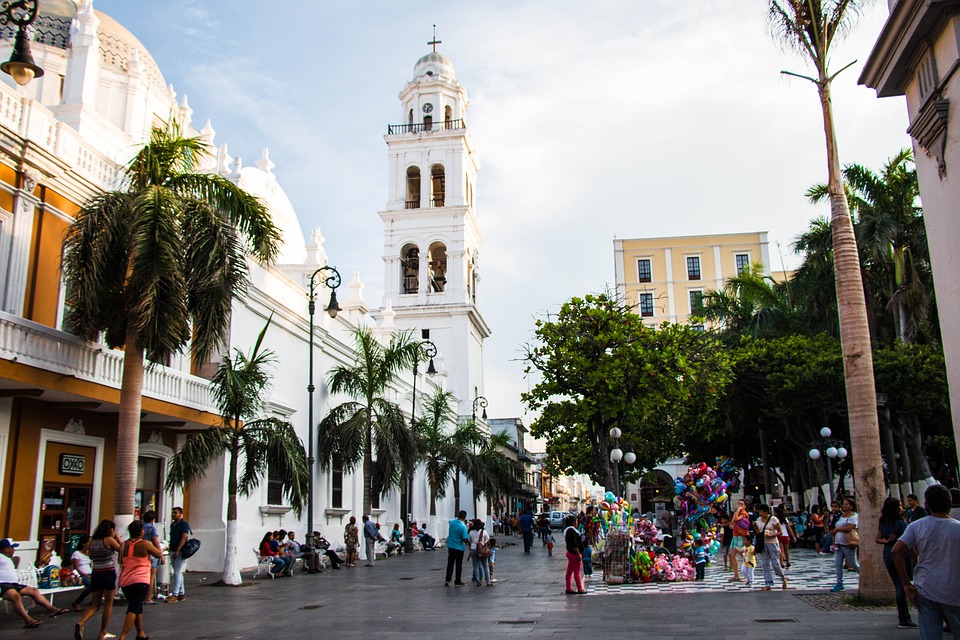With the cost of living set on a course of seemingly perpetual increases within the United States, many retirees are looking abroad.
This time on Financial Sense’ Lifetime Income podcast, we spoke with Jennifer Stevens at International Living on the top 10 countries for retirement, and some of the motivations retirees face when making the decision to live outside the United States.
No. 1 Most Attractive Spot
For those seeking to retire and live outside of the US either full-time, part-time or just as a means to invest, it’s never been easier than it is now, Stevens stated, especially when it comes to finding information and staying connected.
After consulting with contributors from around the world, International Living compiled a list of the best places to retire to.
“Our No. 1 pick for 2017 might surprise people,” Stevens said. “It’s Mexico. I think there are some misperceptions about Mexico out there, but we hope to allay them with our coverage.”
Mexico won this year for a variety of reasons, including its proximity to the United States and the ease of transit between the two countries. However, it’s important to understand that International Living is recommending specific states within Mexico, Steven noted.
“I always tell my editors, ‘If you wouldn’t send my parents there, we’re not going to write about it,’” she said.
Despite perceptions, however, there are places she feels ex-pats are living very safely in Mexico. Another thing to consider is that the values are really extraordinary in Mexico.
Many ex-pats are able to live an extremely comfortable lifestyle for much less than in the United States. With walkable communities and a low cost-of-living, activities such as eating out, enjoying a beautiful home and having money left over for travel are all on the table for those living in Mexico.
The medical care in the communities Stevens recommends is top-notch, she noted, and can be accessed for a small fraction of what you pay in the United States.
“People say all the time that living (in Mexico) reminds them of what the US was like in the 1950s,” Steven said. “People know their neighbors, take the time to chat, and have long, leisurely dinners.”
Staying in Mexico either part time — the Mexican government allows for 6 months of travel privileges for US residents living part time in the country — or full-time is relatively easy, she noted.
Some of the areas she recommends are Cancun, Merida, Lake Chapala and San Miguel de Allende, to name a few. All have large communities of ex-pats, English-speaking doctors and friendly local accommodations.
Other Options
Latin America offers some of the most attractive locations for ex-pat retirees, Stevens noted. International Living includes Panama, Ecuador, Costa Rica, Colombia and Nicaragua in their top 10 list.
“Our readers are … looking for places where they can maximize their retirement and enjoy a better quality of life for less money,” she said. “You can do that all over Latin America.”
The values in Central America are extraordinary, she added, with especially attractive options in Panama and Nicaragua.
“Nicaragua is … kind of like Costa Rica 10 years ago,” she said. “The infrastructure for tourism and ex-pat living is essentially just coming onboard now. In some ways, that makes the values really extraordinary. The kind of beach house you might find in California for million or more might cost you 0,000 in Nicaragua.”
Locations in Europe — such as Malta, Portugal and Spain — are also attractive, where American ex-pats can live for much less than they might think.
In places such as Portugal and Spain, it’s possible to live very well on ,000 a month, Stevens noted.
“That’s true all over,” she said. “It’s true certainly on the coast in Spain and in Portugal.”
Investment and Savings Overseas
A lot of retirees choosing to live overseas are driven by three factors: cost-of-living, purchasing power, and quality of life.
People retiring today tend to be healthier with longer lifespans, Stevens noted. Many Baby Boomers have traveled and aren’t looking for their parents’ retirement.
The idea that savings have not grown as quickly as they had expected is also an issue that helps encourage retirement overseas. Some investors’ portfolios may not have recovered from the 2008 crash yet, and opportunities for higher returns abroad may draw them in. The recent strength of the dollar also helps to make living abroad more attractive.
Coupled with cost-of-living savings, retirement overseas can mean major lifestyle perks.
“People thought that they would have more to retire on than they do today,” she noted. “Maybe you could get by in the States, but you’ve worked hard all your life and you might not just want to get by.”
Sign up for a FREE TRIAL to our premium FS Insider podcast by clicking here.







